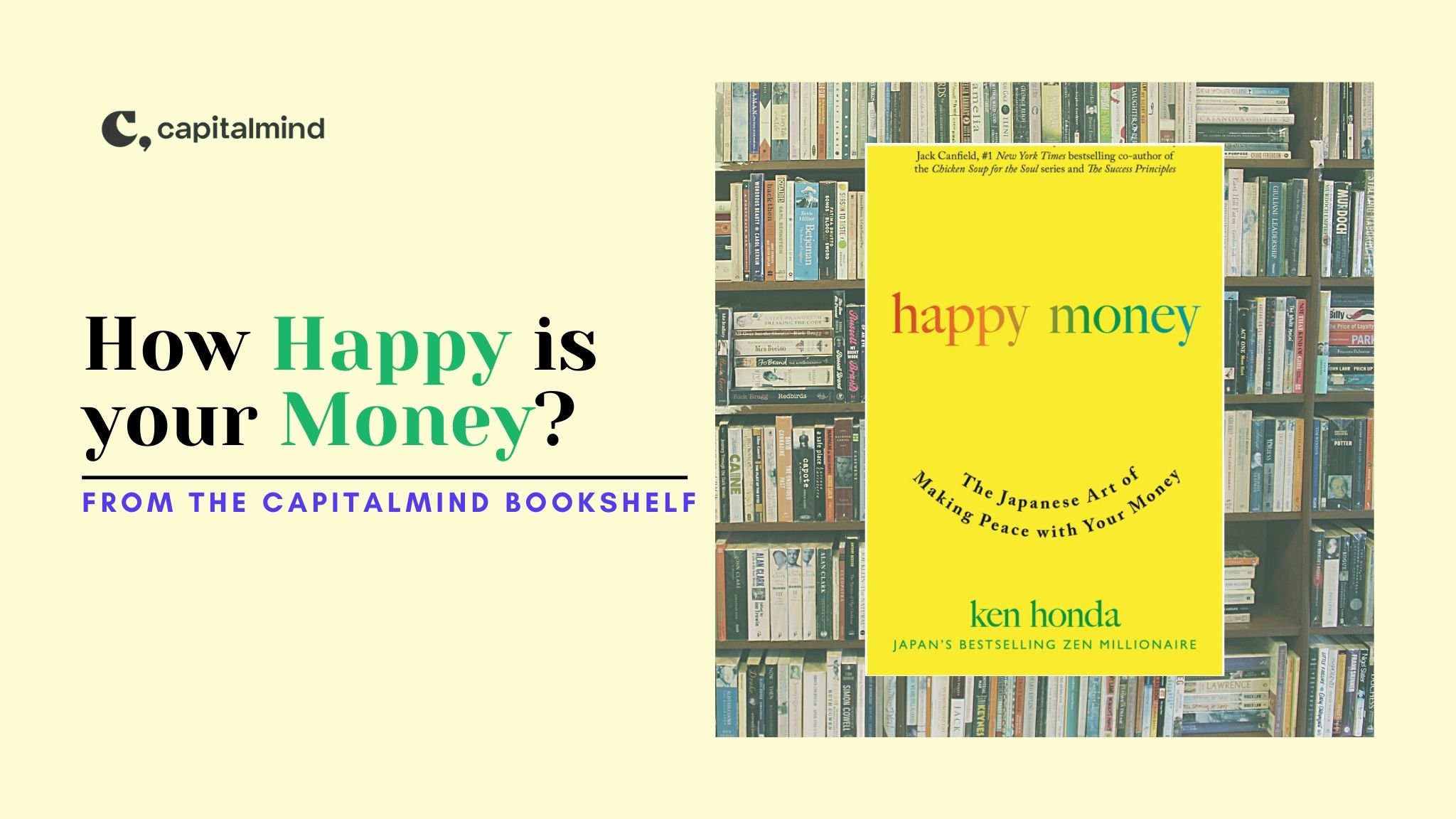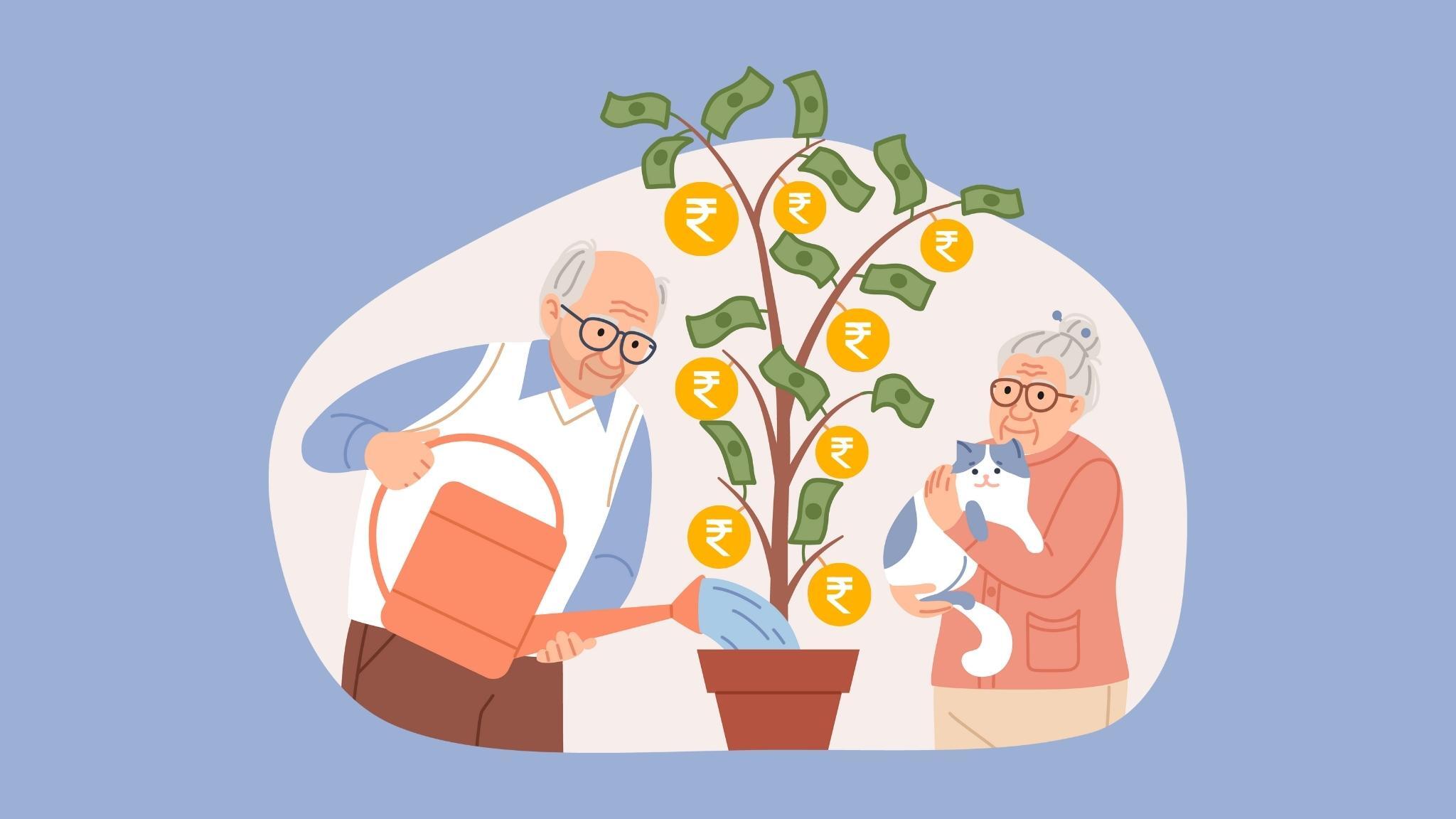Credit cards are good, they might tell you. But there’s something about them that you might not know, especially if you’re a first time card holder. Let’s see how they make a “sucker” out of you by charging interest for what you think is “interest free”.
Remember, they tell you this: “Boss, take card. Then use. Then pay after 45 days. Interest free, okay? After that, 3% interest per month”.
(People from outside Bangalore might not appreciate this impeccable English, for which we people in Bangalore say, look at the weather)
But the sinister thing, despite Bangalore’s weather, is this interest demon hiding inside it.
Let’s say you have a credit bill of Rs. 20,100 due on May 1. And you paid Rs. 20,000. You’re thinking “Oh, 3% a month but only on Rs. 100 no? I can pay”
You’re in for a big surprise.
Your bill date was probably April 20. After that, you would have had some Swiggy/Zomato bills, some other purchases etc. on the cards.
That’s, say another Rs. 11,000.
You’ll get charged 3% on the Rs. 100 you didn’t, sure.
You’ll also get charged 3% for the Rs. 11,000!
Once you have an outstanding amount left after the due date, even Rs. 1, you pay interest from the day you transacted. You don’t get an interest free period if you don’t pay in full.
You will be charged interest even if a transaction was BEFORE the due date. Also, any further transactions attract interest from day 1.
If you were unaware and bought some Rs. 9,000 worth items on May 10th. Now you have Rs. 20,100 outstanding. Each purchase is charged interest from the day you purchased it.
So on your next bill on May 20th, you’ll see an interest charge of about 600 rupees. They also add GST, so you pay nearly Rs. 800 extra. Your bill is now 21,000.
You’re paying Rs. 1,000 extra on a Rs. 20,000 bill. Just because you “revolved” Rs. 100.
This is how this credit card system works. Always pay in full. Not even Rs. 1 less.
Suckered by the “Pay Minimum” on a Credit Card
Most credit card repayment options provide you an option:
- Pay the minimum amount required
- Pay the full amount
This is another way to sucker you. If you pay anything less than the full amount, you start getting charged interest for all transactions from the last billing date!
Here’s what happens when you pay the minimum on your card (about 5%) on a card that charges only 3%+GST. (Most cards charge more)
In a year, you’re paying the bank about 2.5 months worth of your spend, as interest. Do not pay “minimum”. Pay the full amount.
Pay in Full. But What If You Can’t?
If you can’t pay on any month,, because you don’t have money, please do not revolve your loans. Ask your bank – or just about any bank – for a personal loan, which will be far cheaper than this (and there’s no GST on interest on a personal loan).
And get credit card balance to zero. ASAP.
A personal loan might cost you 18% but it will be far cheaper than a credit card loan. Use the money to pay your credit card bills in full. If you are invested in mutual funds, you can get a loan against your mutual funds at as low as 10% a year, and reduce your credit card bills too.
Also there are startups offering loans at lower rates, and you should absolutely use these as opportunities to cut down your credit card outstanding to zero.
The purpose of a credit card “revolve” facility is to steal from you, so don’t let them.




